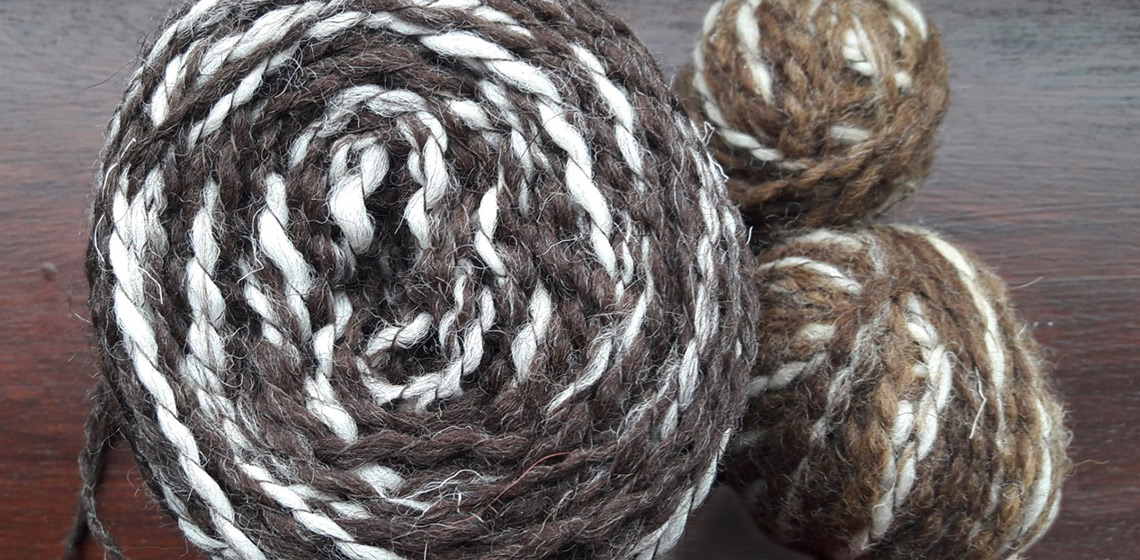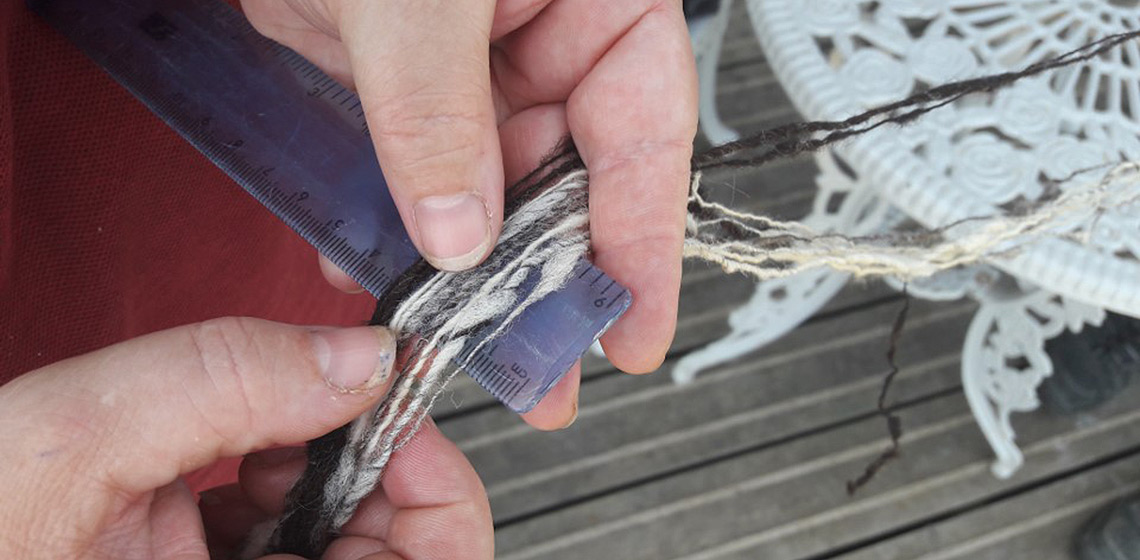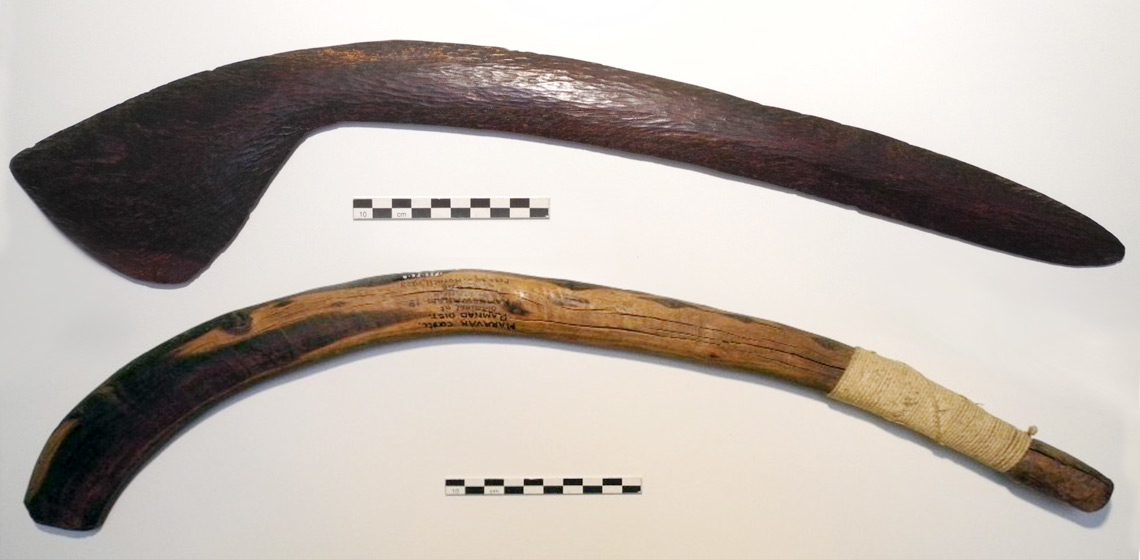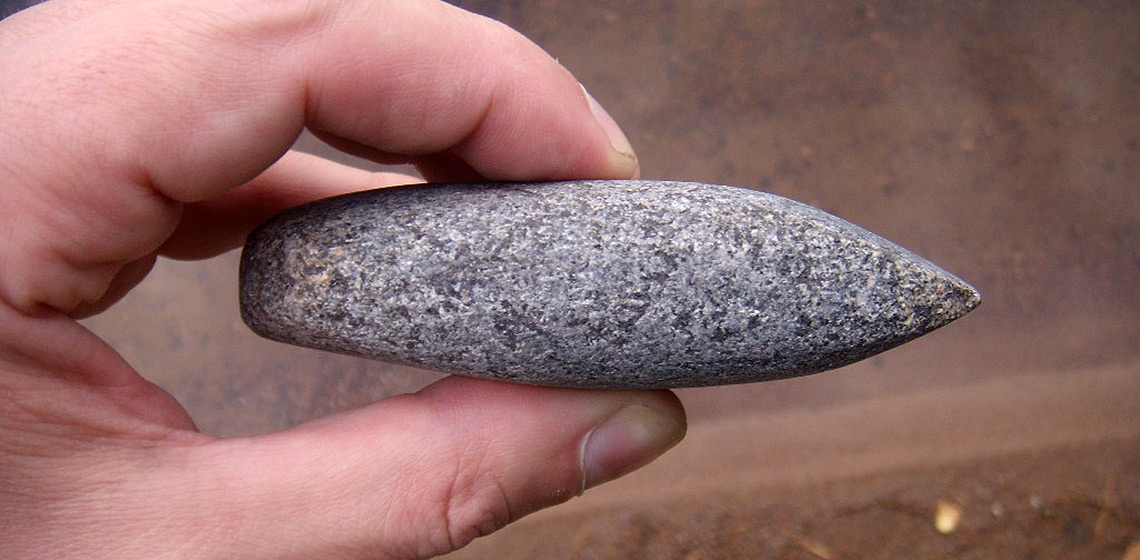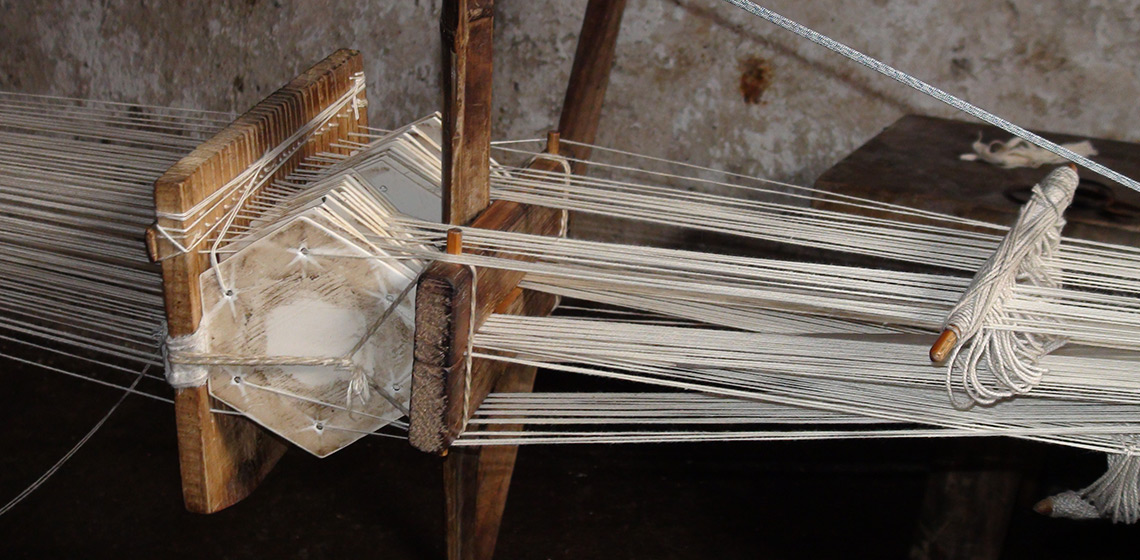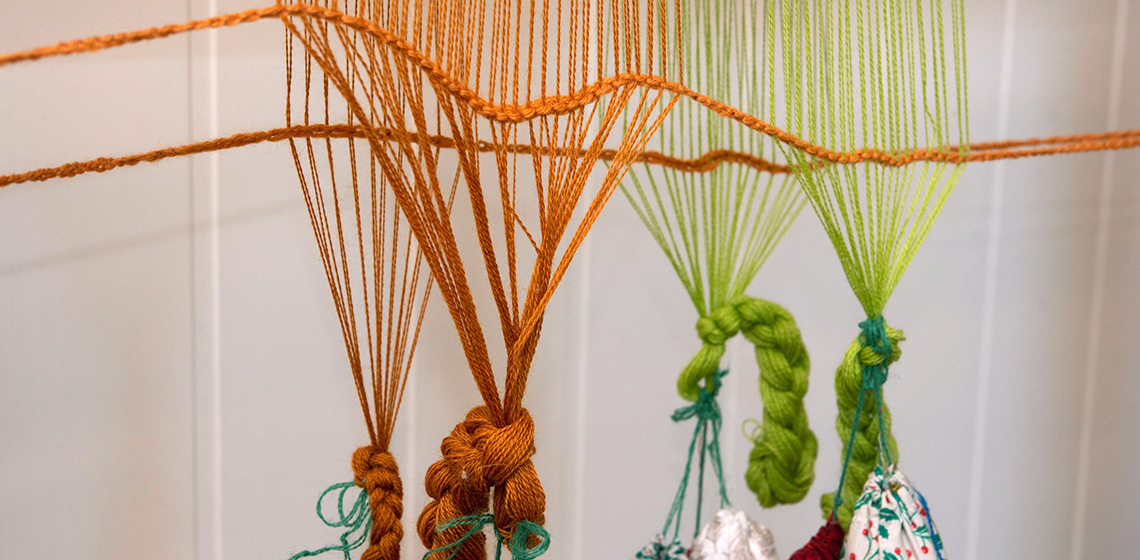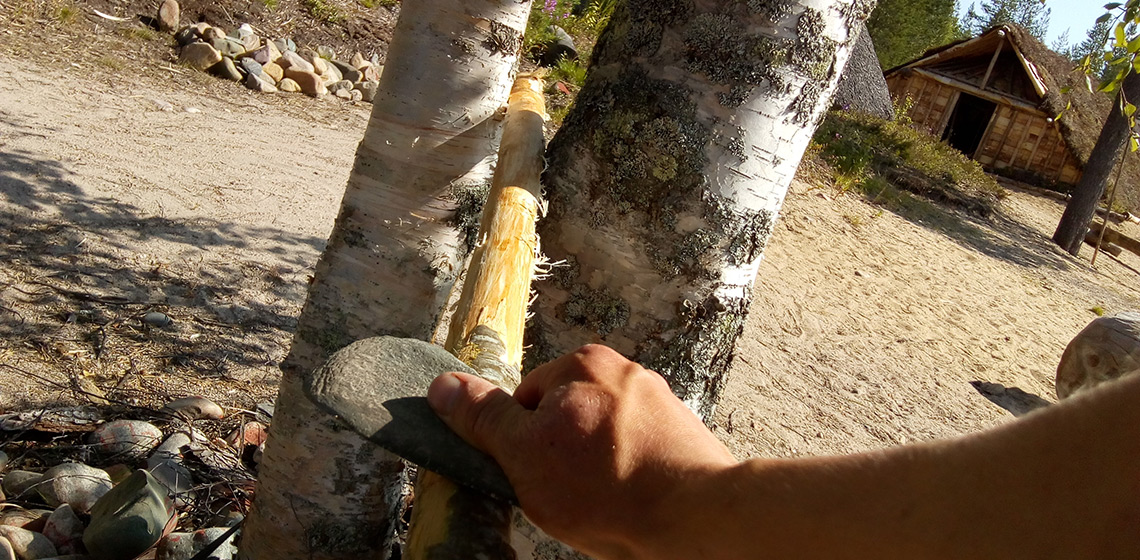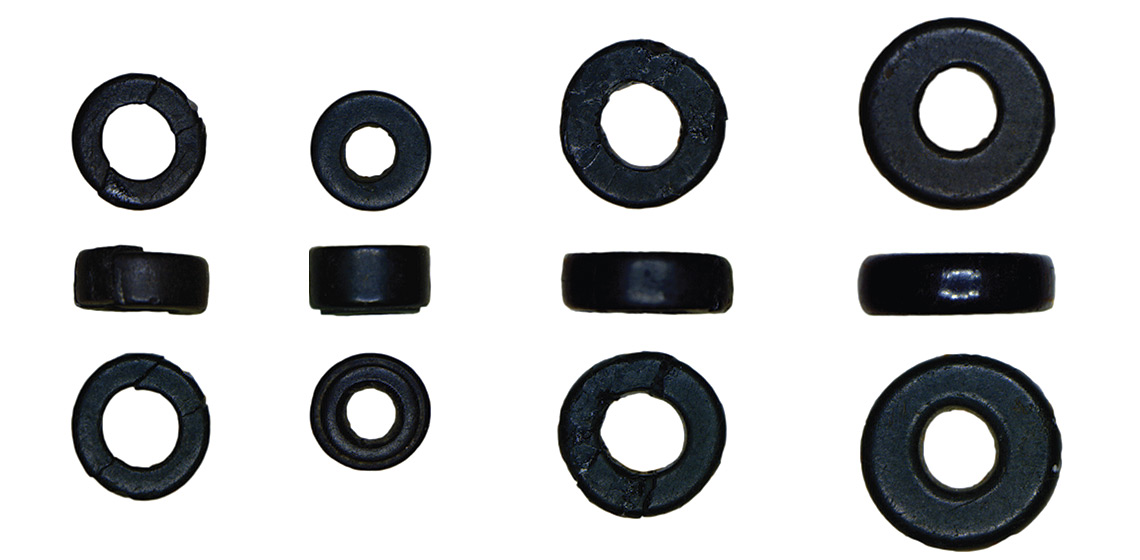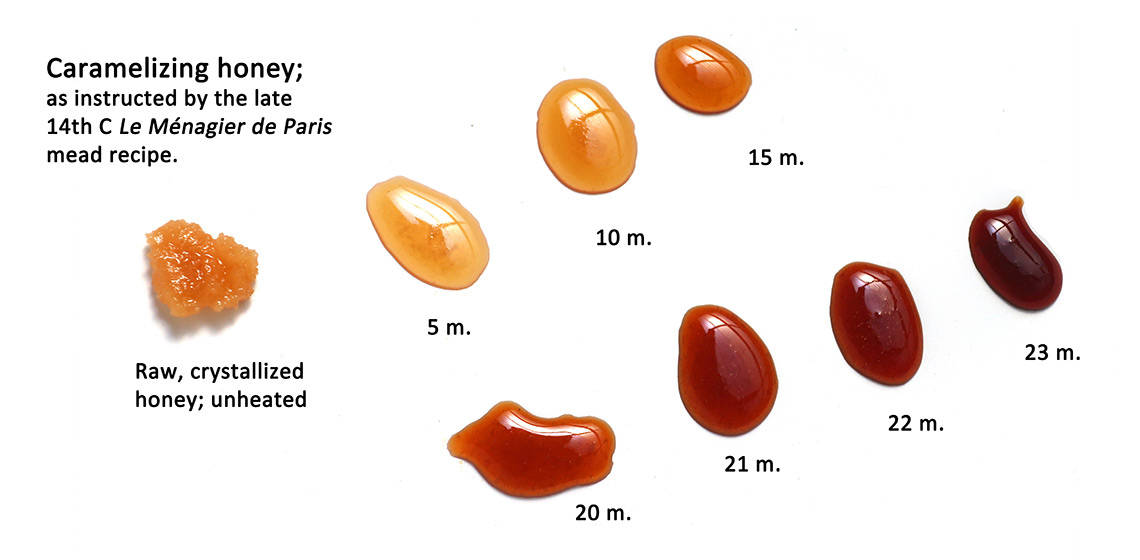Priae (FR)
The Research Center for Interpretation and Experimental Archeology (Pôle de recherche, interprétation et archéologie expérimentale, PRIAE) is a international initiative.
Research, interpretation and experimental archeology center - its main objective is to increase the knowledge about the musical practice of Antiquity and the Middle Ages, as we ll as the inventory, study and valuation of artefacts adjoining.

